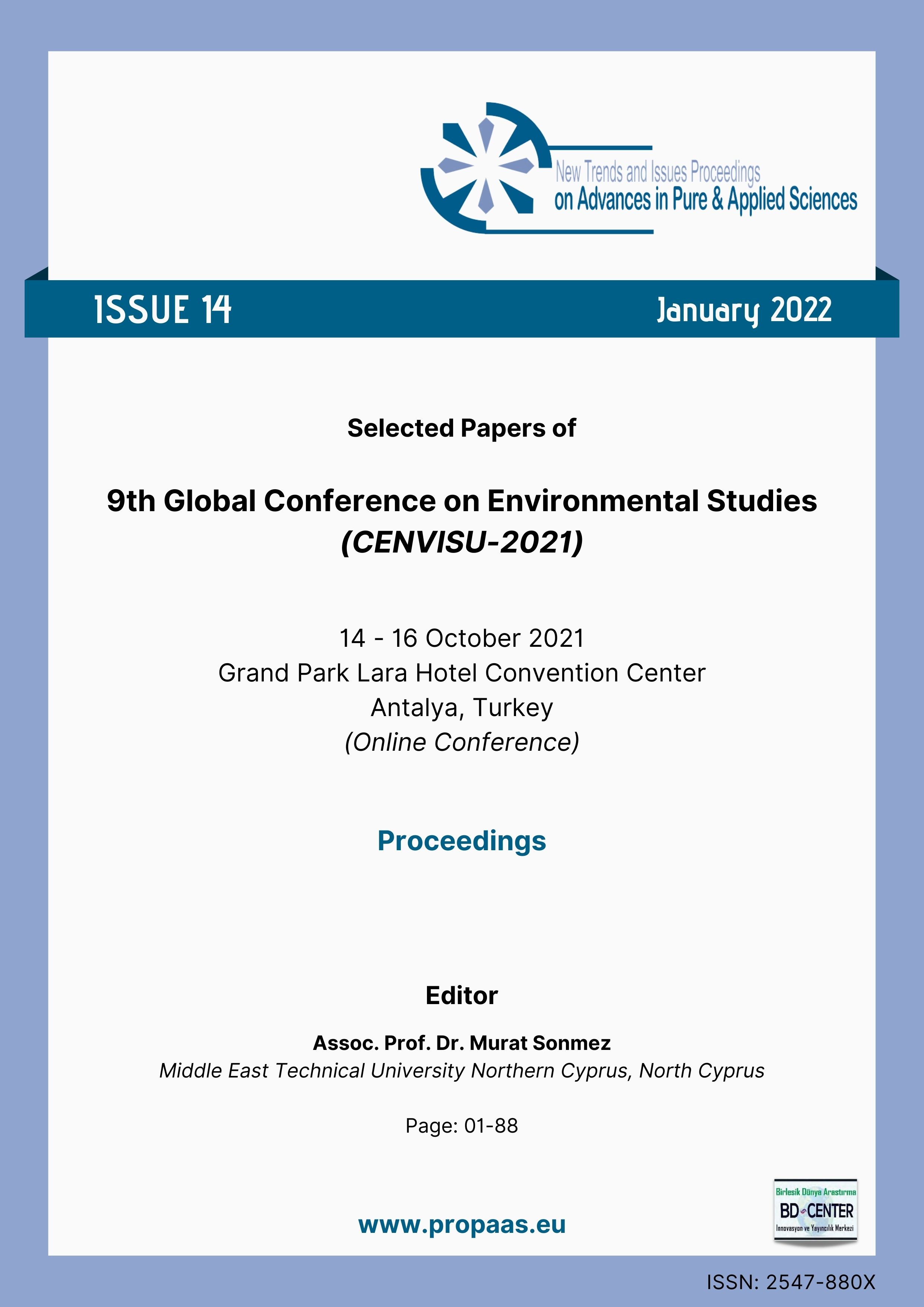Relation between energy efficient glasses and energy expenditures in buildings
Main Article Content
Abstract
This article aimed to examine the type and the effect of the energy performance of buildings, using the case of Antalya –based apartment complex, which is located in the Mediterranean Climate Region and classified in the 1st Degree Day Region according to TS 825 Standards. Energy efficiency on transparent surfaces in the base buildings made of 3 blocks selected was studied considering the location, orientation, facade lengths, window/wall area ratio of the buildings. As a result of the analysis made on the energy consumption values of the heating, cooling, and ventilation systems, it has been seen that the window glass-lined system (coated glass) with the combination of "4mm+16+4mm+16+4mm" and using argon gas as the filling material between window glasses is the optimal scenario for the Mediterranean Climate Region. By applying the best possible scenario to the base buildings, annual energy savings can reach change depending on the type of combustible used in the buildings.
Keywords: Building energy simulation; cost analysis; energy efficiency; energy-efficient design; window.
Downloads
Article Details

This work is licensed under a Creative Commons Attribution 4.0 International License.
Authors who publish with this journal agree to the following terms:- Authors retain copyright and grant the journal right of first publication with the work simultaneously licensed under a Creative Commons Attribution License that allows others to share the work with an acknowledgement of the work's authorship and initial publication in this journal.
- Authors are able to enter into separate, additional contractual arrangements for the non-exclusive distribution of the journal's published version of the work (e.g., post it to an institutional repository or publish it in a book), with an acknowledgement of its initial publication in this journal.
- Authors are permitted and encouraged to post their work online (e.g., in institutional repositories or on their website) prior to and during the submission process, as it can lead to productive exchanges, as well as earlier and greater citation of published work (See The Effect of Open Access).
